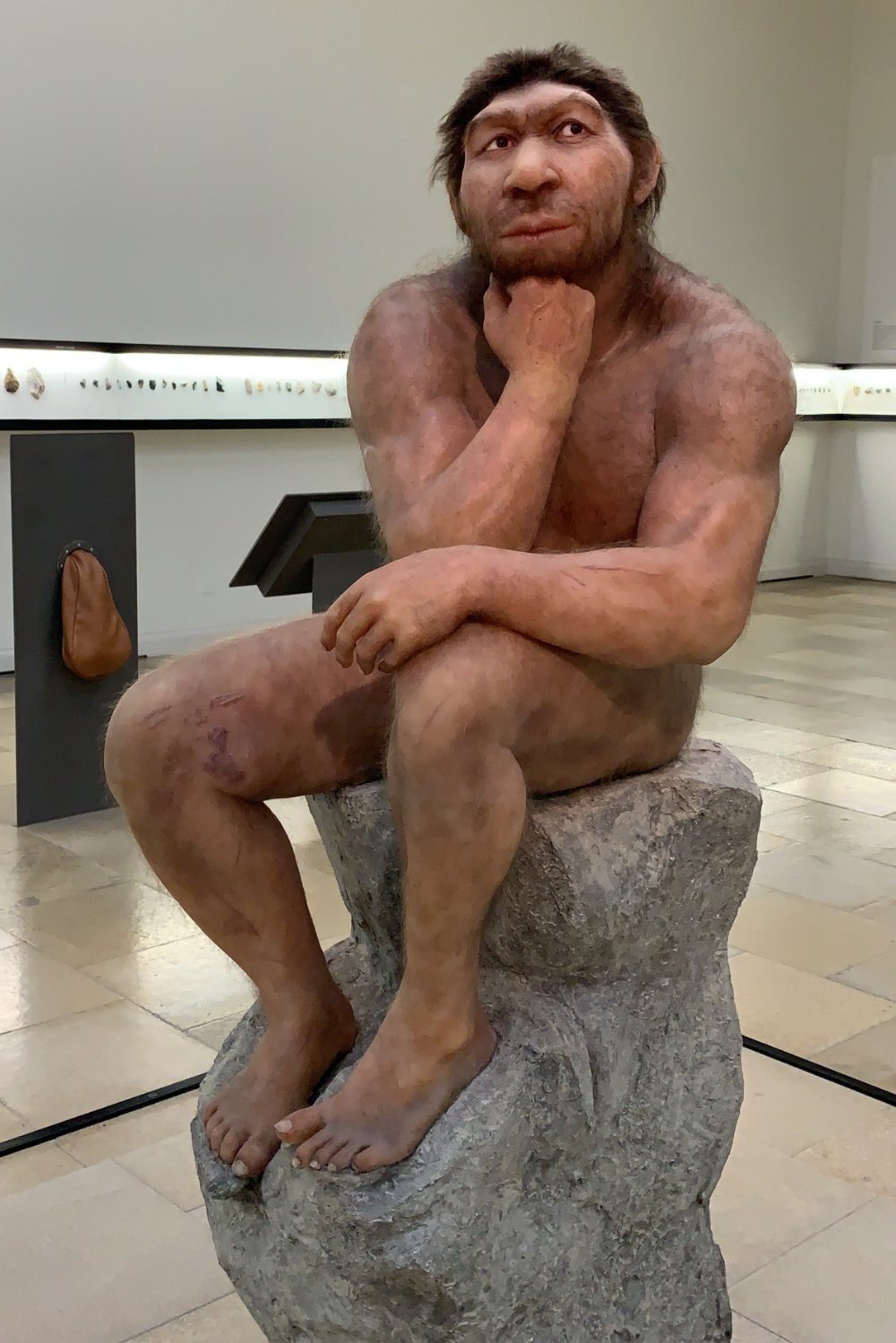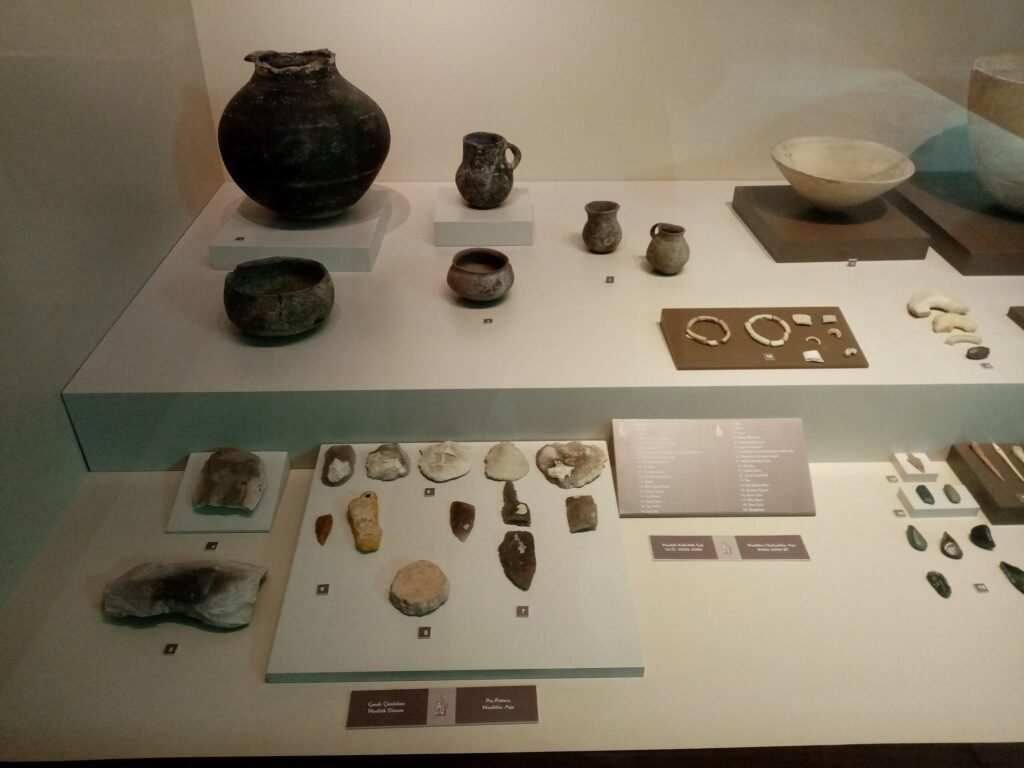❖ Prehistory- Before the invention of writing
❖ Proto History- Writing evidence (we cannot use it)
Pre-History
It is more common to use the term “prehistory” to refer to the period of time since the origin of life on Earth, or more precisely, the time since the emergence of human-like beings. However, the term can also refer to the vast period since the beginning of the Universe or the Earth.
- The term “prehistory” describes events that took place before writing was invented. Prehistory is represented by the three stone ages. reliant only on sources from archaeology. It has a lot to do with the evolution of humans. The main goal is to identify patterns of subsistence, such as the location of food, shelter, technology, and tools.
- History is the study of the past. The word comes from the Greek word historia, which means “inquiry,” or knowledge obtained through investigation.
- History is the study of past events as well as the information that has been found, gathered, arranged, presented, and interpreted about them.
- Prehistory, Protohistory, and History are its three divisions.
Proto-history
The time between prehistory and history is known as proto-history. Harappan Civilization, for instance -> Although the scripts of this civilization are still untranslated, they are regarded as proto-history since they are referenced in Mesopotamian writing. In a similar vein, Vedic civilization, which flourished from 1500 to 600 BCE, is also regarded as proto-historical.
Archaeologists also classify the Neolithic and Chalcolithic cultures as belonging to proto-history.
India’s Prehistoric Ages The Historic Period is defined as the time span without writing or development. This period of time is thought to be the prehistoric cultures in India or the primordial era of ancient history because no writings by common people were written during this time. The Prehistoric Period, or the time when human life existed and records documented human activity, roughly extends from 2.5 million years ago to 1,200 B.C. “Prehistoric Period” refers to a time before writing and development.
Paleolithic Period (Old Stone Age)
- The earliest stage of human development, the Palaeolithic Period (also called the Old Stone Age), lasted roughly 8000 BC.
- The main activities of humans were hunting and gathering food.
- No tools were created. There were rough tools involved.
- There were paintings found.
- Although the fire was detected, it was not effectively contained or utilized.
Middle Stone Age, or Mesolithic Period
- Also referred to as the Middle Stone Period.
- According to geology, the Mesolithic started at the end of the Younger Dryas stadial, or 9,600 BCE, which was the final cold snap that signaled the end of the Ice Age.
- For the most part, humans were hunters and gatherers of food.
- A microlith was created.
- Domestication of animals started.
- Paintings and artworks were discovered.
Neolithic Period (New Stone Age)
- Referred to as the New Stone Age as well.
- The Neolithic Era is characterized by the establishment of permanent agriculture and the employment of weapons and tools made of polished stone.
- They made use of sharp tools.
- Pottery, paintings, and other artworks were found.
- The Revolutionary Period is another name for this time frame.
Chalcolithic Period or Stone Copper Age
- Also referred to as the Copper Age.
- The Chalcolithic Age people lived off of farming, fishing, and hunting.
India: home to hominid fossils ?
- About 40 kilometers northeast of Hoshangabad, on the northern bank of the Narmada, Arun Sonakia made a significant discovery in 1982 close to the village of Hathnora.
- Here, he discovered a fossilized skull cap fragment embedded in densely packed, sandy, pebbly gravel.
- The piece of the skull appears to have belonged to a woman in her 30s.
- Sonakia named her Homo Erectus Narmadensis and proposed that she represented an advanced variety of homo eretus, referring to her as “advanced” due to her larger cranial capacity range of 1155 to 1421cc.
Hathnora :
Location : About 40 km northeast of Hoshangabad, close to Hathnora village on the Narmada’s northern bank.
Significance : In the Narmada Valley, at a location known as Hathnora, Arun Sonakia found a fossilized fragment of a cranium, or skull cap, in 1982. The piece of skull appears to have belonged to a woman in her 30s. Her larger cranial capacity range of 1155 to 1421cc made her a “advanced” variety of homo eretus, and as such, she was named Homo Erectus Narmadensis. It dates from the end of the Pleistocene epoch.
At Hathnora, late Acheulian tools have been discovered. The stone tools found in Hathnora span a significant portion of the Stone Age, dating from as early as 100,000 years to as old as 800,000 years.
Affiliate :-
Pre & Mains : Buy History NCERT 11th class by R.S.Sharma for UPSC
History Optional : Buy A History of Ancient And Early Medieval India : From the Stone Age to the 12th Century By Upinder Singh

